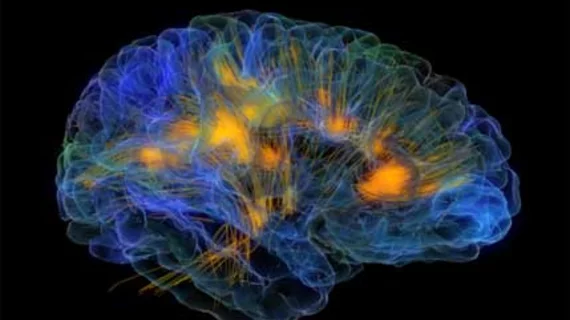Gadolinium-based contrast agents (GBCAs) can often bring out the best in MRI, but they’re controversial and thus increasingly avoided. A pilot study in Germany shows how an algorithm might substitute for an injection to track tumors of the brain and spinal cord (aka gliomas).
Jens Kleesiek, MD, PhD, of the German Cancer Research Center and co-authors used multiparametric MRI data to develop a deep-learning architecture capable of simulating the uptake of contrast enhancement in lesions of interest.
They tested their model both quantitatively and qualitatively on 116 datasets from glioma patients and healthy subjects, comparing what they called “virtual contrast enhancement maps” to final diagnostic interpretations in images acquired using actual GBCAs.
They found quantitative measures of the virtual contrast enhancement showed a sensitivity of 91.8% and a specificity of 91.2%.
The qualitative tests, which used scaled ratings from two neuroradiologists, showed good to excellent results for 91.5% of enhancing gliomas and 92.3% of nonenhancing gliomas. (Enhancing gliomas absorb contrast material, indicating tumor growth, while nonenhancing gliomas do not.)
At the same time, the virtual approach was not without its shortfalls. For example, the virtually enhanced images were blurrier and tended to miss smaller vessels.
These and other imperfections allowed the neuroradiologists to tell real GBCA images from their virtually enhanced counterparts 80% to 90% of the time.
Still, reporting their findings online July 1 in Investigative Radiology, Kleesiek et al. express hope for the future of virtual GBCAs developed with deep learning.
“The introduced model for virtual gadolinium enhancement demonstrates a very good quantitative and qualitative performance,” they underscore. “Future systematic studies in larger patient collectives with varying neurological disorders need to evaluate if the introduced virtual contrast enhancement might reduce GBCA exposure in clinical practice.”

